

Napoleon Bonaparte (November 9, 1799) came to power with the coup d'état of 18 Brumaire,
prepared by the Abbé Sieyès. Napoleon reigned until the restoration of the Bourbons in 1814
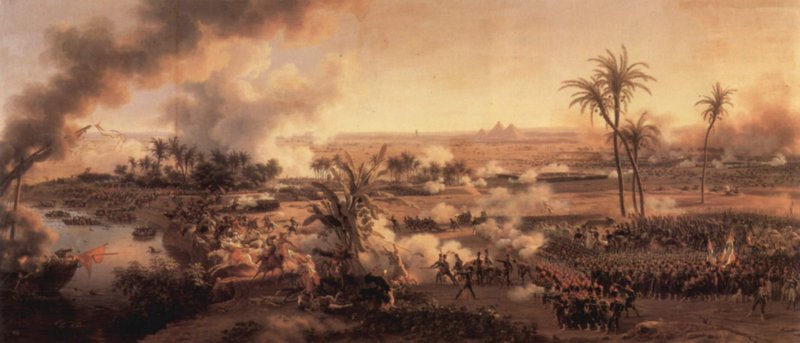
Napoleon`s egyptian campaign (1798)
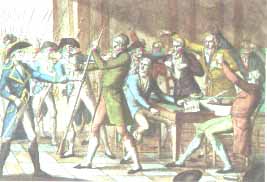
the coup of 18 Fructidor (September 4, 1797) in which General Augereau was a key figure,
annulled the previous elections and removed Lazare Carnot and François de Barthélemy from the
Directory. The coup was directed against those who wished to restore a constitutional monarchy
Napoleon`s austrian campaign (1797)
Napoleon`s italian campaign (1796)

Right, Left, and Center entered the political lexicon (1795) as the Council of 500 seated themselves
according to political alignment-the most radical sitting to the left of the semi-circular assembly hall

the Directory (October 1795-1799) held executive power in France
from the end of the Convention to the beginning of the Consulate
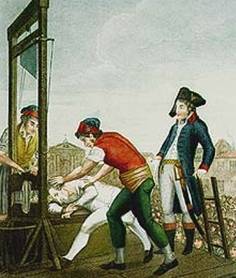
Maximilien Robespierre (July 28, 1794) one of the best known leaders
of the French Revolution, was guillotined by his conspiring comrades
Battle of the Vosges (July 2-13, 1794)
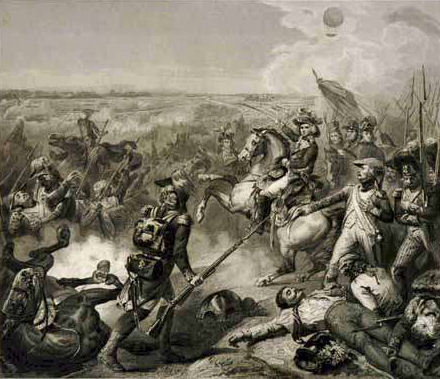
Battle of Fleurus (June 26, 1794)
Law of 22 Prairial (June 10, 1794)
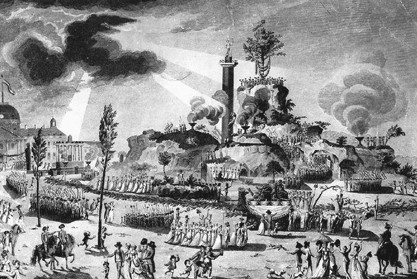
Festival of the Supreme Being (June 8, 1794)
Antoine Lavoisier (May 8, 1794) was beheaded
the Legislative Assembly (1794) liberated all slaves in French
colonies, making France the first country to free her slaves

the Cult of Reason (November 10, 1793)

the French Revolutionary Calendar (October 24, 1793)
was adopted by the Jacobin-controlled National Convention
Passing of the Law of Maximum Général (September 17, 1793)
a comprehensive program of wage and price controls and the Law of Suspects
the Levée en masse (August 23, 1793)
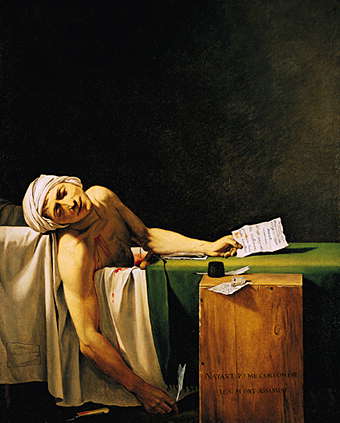
Jean-Paul Marat (July 13, 1793) was killed in his bathtub by Charlotte Corday. Mademoiselle Corday was
a Girondin and her action provoked reprisals in which thousands of enemies of the Jacobins - royalists and Girondins
alike - were executed on supposed charges of treason. Corday herself was guillotined on July 17, 1793 for the murder
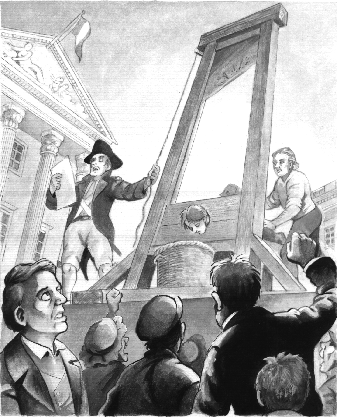
the Reign of Terror (June 1793 - July 1794) was a period in the French Revolution characterized by brutal
repression. The Terror originated with a highly centralized political regime that suspended most of the
democratic achievements of the Revolution, and intended to pursue the Revolution on social matters. Its stated
aim was to destroy internal enemies and conspirators and to oust the external enemies from French territory.
The Committee of Public Safety set up by the National Convention on April 6, 1793, formed the de facto
executive government of France during the Reign of Terror of the French Revolution. The Committee ceased
meeting in 1795, but during its existence it was controlled mainly by Maximilien Robespierre, until his execution
France annexed Monaco (February 14, 1793)

Louis XVI (January 21, 1793) was executed. His
wife Marie Antoinette was guillotined on October 16
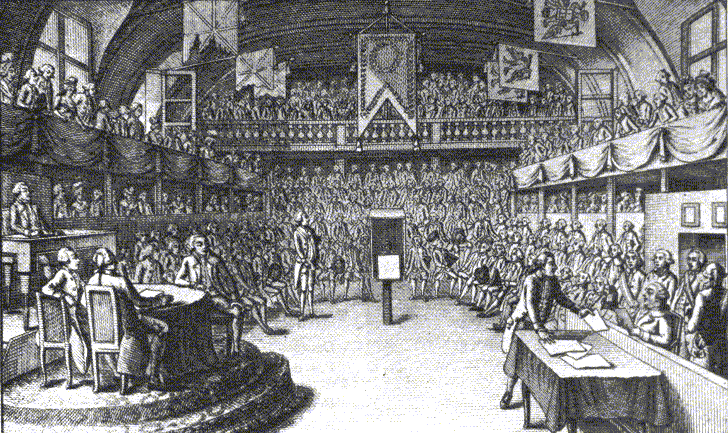
the National Convention (September 20, 1792 - October 26, 1795) comprised
the constitutional and legislative assembly until it was succeeded by the Directory.
The first session was held on 20 September 1792. The following day royalty
was abolished: the formal end of the French monarchy and the beginning of the Republic.
September 22 thus marks the first day of the French Republic’s calendar system

the September Massacres (September 2, 1792) took place when news reached Paris that the Prussian army
had invaded France, and was advancing quickly toward the capital. Moreover, rumours circulated that there
were many in Paris, such as non-juring priests who secretly opposed the Revolution and supported the foreign
powers allied against it. Furthermore, food was scarce. During this time the Legislative Assembly was in near-collapse
and its successor, the Convention, had not yet come into being. This left the municipal government of Paris, at this
time under the control of some of the most radical revolutionary elements, including the sans-culottes, who became
almost a de facto government of France. On September 3 and September 4, crowds broke into the prisons where
they murdered the prisoners, who some feared were counter-revolutionaries who would aid the invading Prussians
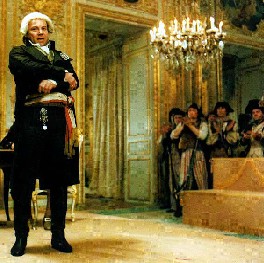
the Paris Commune (August 10, 1792) supported insurgents, who assailed the Tuileries. The
king and queen ended up prisoners and a rump session of the Legislative Assembly suspended
the monarchy: little more than a third of the deputies were present, almost all of them Jacobins.
What remained of a national government depended on the support of the insurrectionary Commune.
When the Commune sent gangs of assassins into the prisons to butcher 1400 victims, and addressed
a circular letter to the other cities of France inviting them to follow this example, the Assembly could
offer only feeble resistance.This situation persisted until the Convention, charged with writing a new
constitution, met on September 20, 1792 and became the new government of France

the Brunswick Manifesto (July 25, 1792) was issued by Karl Wilhelm Ferdinand, Duke of Brunswick-Luneburg
from Coblenz. He threatened war and ruin to soldiers and civilians alike, should the Republicans injure Louis XVI
and his family. After the Girondins had arranged for France to declare war on Austria, voted on April 20, 1792, the
Catholic Holy Roman Emperor Leopold II and the Protestant King of Prussia Frederick William II had combined
armies and put them under Brunswick's command. Brunswick was defeated and forced to retreat on September 20,
1792 at the battle of Valmy
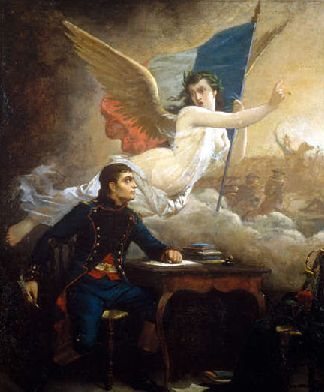
la Marseillaise (April 25, 1792)
Food riots in Paris (January-March 1792)
the Legislative Assembly (October 1, 1791)

Declaration of Pillnitz (August 27, 1791)
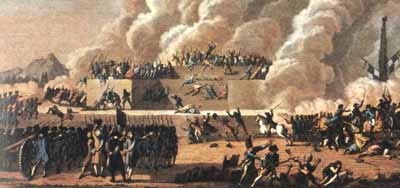
the massacre of the Champ de Mars (July 17, 1791) occured after a crowd collected to draft a petition
seeking the removal of King Louis XVI, soldiers under the command of the Marquis de la Fayette opened fire
the royal family (June 20, 1791) fled the Tuileries. However, Louis XVI was forced to return to Paris on
June 25 and the National Assembly declared the king to be inviolable and he reinstated him on July 15
the Papal bull, Cavitas (April 13, 1791) condemning the Civil Constitution
and the Declaration of the Rights of Man and of the Citizen was published

the Girondists (February 1791 - October 31, 1793) supported the monarchy

Robespierre (December 1790) advocated in a speech on the organization of the National Guards that
the words "The French People" and "Liberty, Equality, Fraternity" be written on uniforms and flags,
but his proposal was rejected. Linked by Fénelon at the end of the 17th century, the notions of liberty,
equality and fraternity became more widespread during the Age of Enlightenment. And from 1793 onwards,
Parisians painted the following words "Unity, indivisibility of the Republic; liberty, equality or death" on the
façades of their houses. In September 1792, the National Convention decided by decree that the new seal
of the state would represent a standing woman holding a spear with a Phrygian cap held aloft on top of it
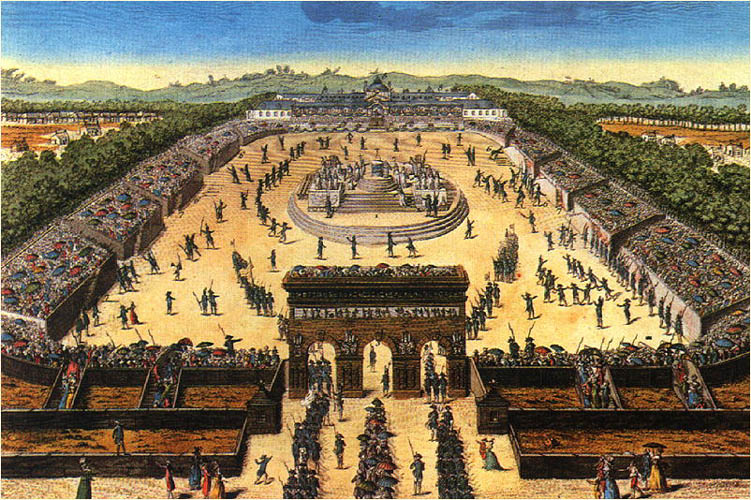
on the day of the Fête de la Fédération (July 14, 1790) all the representatives of the provinces of
France gathered on the Champ de Mars in Paris in presence of the king Louis XVI and proclaimed
the national unity of France. They vowed to remain faithful to "the Nation, the Law, the King"
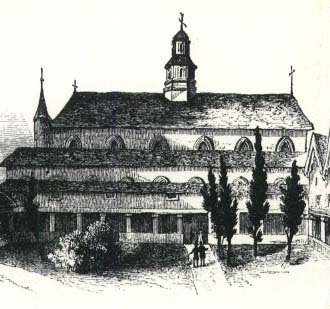
the Cordeliers (May 21, 1790 - March 24, 1794) were officially known as the Society of the Friends
of the Rights of Man and of the Citizen. They popularised the motto "Liberty, Equality, Fraternity"

The Declaration of the Rights of Man and of the Citizen (August 26, 1789)
was adopted by the Assembly as the first step toward writing a constitution
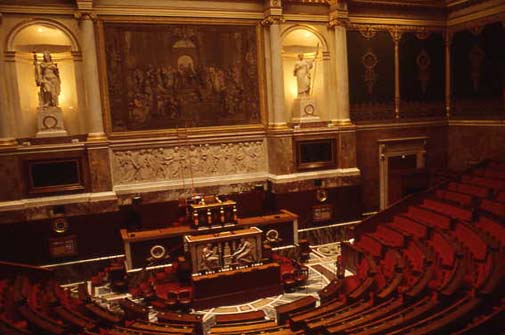
the National Assembly (August 4, 1789) abolished feudalism.
the Great Fear (July 17, 1789)
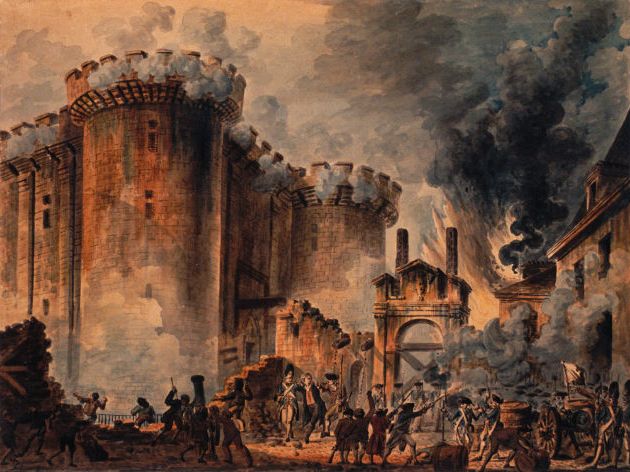
after four hours of combat (July 14, 1789) the insurgents seized the Bastille prison,
killing the governor, Marquis Bernard de Launay and several of his guard
the National Assembly reconstituted itself (July 9, 1789) as the National Constituent Assembly

the Tennis Court Oath (June 20, 1789) occured when Louis XVI shut the Salle des États where the Assembly met.
The Assembly moved their deliberations to the king's tennis court, where they proceeded to swear the Tennis Court Oath
under which they agreed not to separate until they had given France a constitution. A majority of the representatives of the
clergy soon joined them, as did forty-seven members of the nobility. By June 27 the royal party had overtly given in, although
the military began to arrive in large numbers around Paris and Versailles. Messages of support for the Assembly poured in
from Paris and other French cities. On July 9, the Assembly reconstituted itself as the National Constituent Assembly which
was succeeded by the Legislative Assembly on September 30, 1791. The Legislative Assembly lasted until it was replaced
by the establishment of the National Convention on September 20,1792
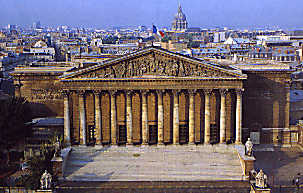
the National Assembly (June 17 - July 9, 1789) was founded after the Estates-General had been called in May of 1789
to deal with France's financial crisis, but failed to accomplish this due to squabbling between the Estates. On June 17,
1789, having completed their verification of powers, the communes ("commoners"), representatives of the Third Estate
(in theory, all of the commoners (98 % of the population); in practice, the bourgeoisie), declared themselves the National
Assembly, an assembly not of the Estates but of "the People". They were slowly joined by the First Estate (the clergy)
and the Second Estate (the nobility)

the Jacobin Club (May 1789 - July 29, 1794) was officially
called "The Society of the Friends of the Constitution"

the Abbé Sieyès (May 28, 1789) author of "Qu’est-ce que le tiers état?" moved that the Third Estate,
now meeting as the Communes, proceed with verification of its own powers and invite the other two
estates to take part, but not to wait for them. They proceeded to do so, completing the process on June 17

General unrest occasioned by economic conditions (January 24, 1789) led to the Summoning of the Estates-General for the first time since 1614
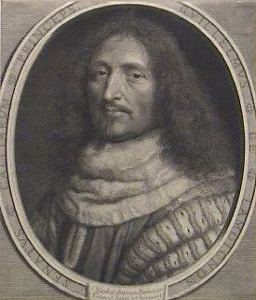
Louis XVI issued the Lamoignon Edict (May 8, 1788) which abolished the power of parliament to review royal edicts

the first assembly of Notables (February 22 - May 25, 1787) was called by Charles Alexandre de Calonne,
Controller-General of Finances against a background of state financial instability and general resistance by
the aristocracy, for example, to the imposition of taxes and fiscal reforms. On July 13, the assembly
demanded that Louis XVI call the Estates-General, and on December 18, the king promised to do so
within five years. By this time, Calonne had been succeeded as finance minister by his chief critic,
Étienne Charles de Loménie de Brienne; Brienne was in turn succeeded by Jacques Necker, a former
finance minister who was sympathetic to the Third Estate. With Necker once again in charge of the
nation's finances, the king, on August 8, 1788, agreed to convene the Estates-General in May of 1789
a courier for the Illuminati, named Lanze (1785) was racing on horseback from Frankfurt to Paris carrying
documents relating to Illuminati activities in general, and specific instructions for the planned French
Revolution in particular when he was hit by lightning and killed while traveling through the town of Ratisbon.
Free masonry was subsequently outlawed in Bavaria
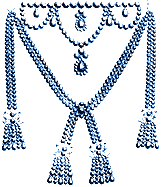
the affair of the diamond necklace (August 1785) was a mysterious incident in the 1780s at the court of
Louis XVI of France involving the queen Marie Antoinette. It concerned an unsavoury episode in
which the wife of Louis XVI, Marie Antoinette, whose reputation was already tarnished by gossip
and scandal, was implicated in a crime by contemporary public opinion. The affair was historically
significant as one of the events that led to the French populace's disillusionment with the monarchy
the Parlaiment of Paris (1771) was abolished by King of France Louis XV and his Chancellor
René de Maupeou, as well as regional parlements, to give the King more power in changing law